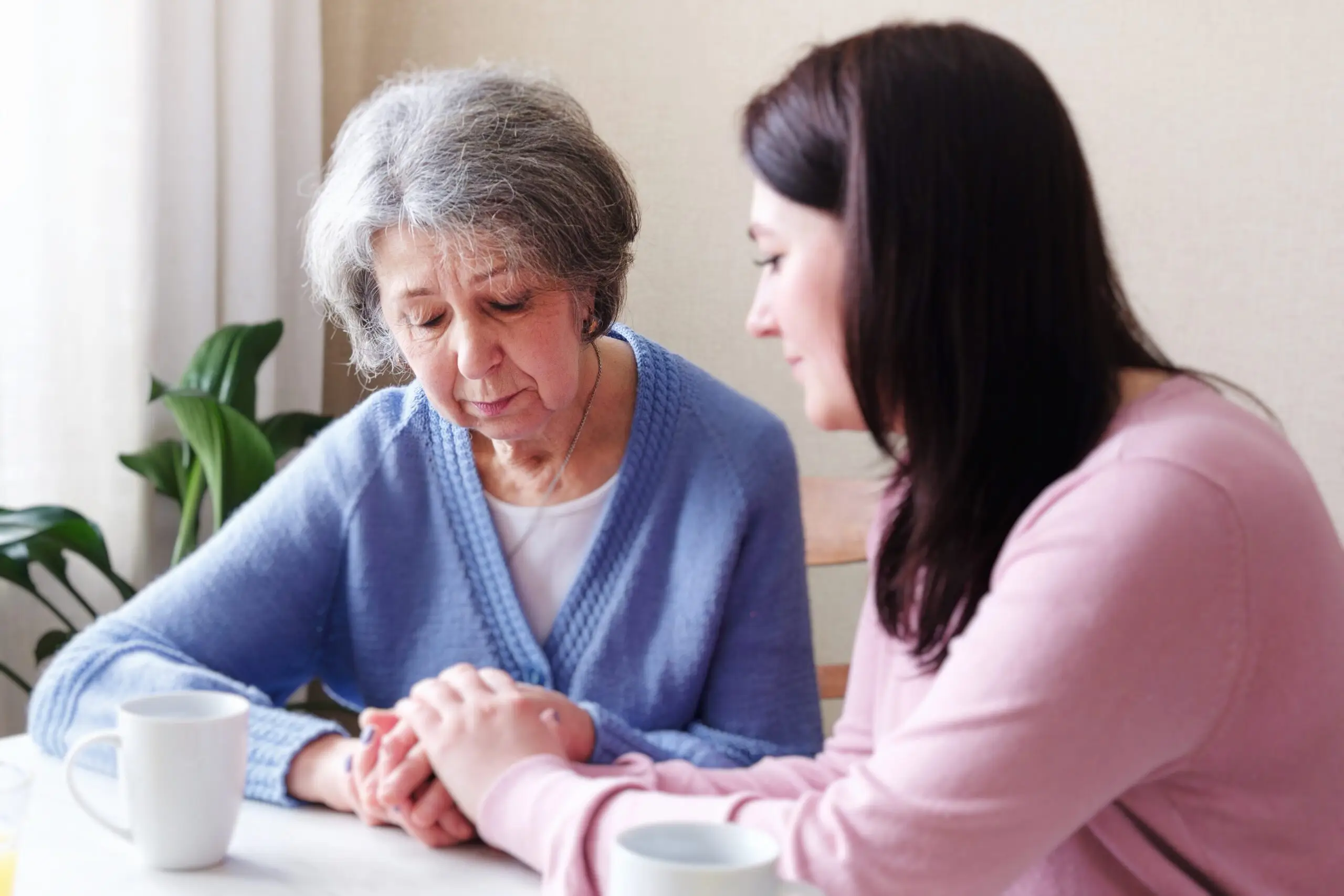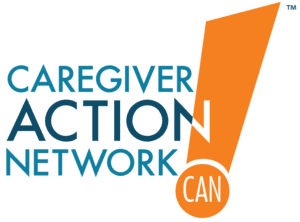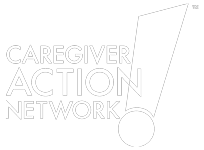Family Caregiving: Understanding, Challenges, and Resources
Family Caregiving: Understanding, Challenges, and Resources

Introduction to Family Caregiving
Family caregiving involves providing unpaid assistance to family members or loved ones who need support due to illness, disability, or the effects of aging. If you find yourself running errands, helping with daily tasks, or managing medical appointments for someone you care about, you are a family caregiver. This role can encompass many responsibilities, from helping with basic activities of daily living (ADLs) to managing complex medical care. At Caregiver Action Network, we recognize the diverse experiences of caregivers and offer resources to support you in this essential role.
Types of Family Caregivers
According to former First Lady Roslyn Carter, there are four kinds of people in relation to caregiving: those who have been caregivers, those who are currently caregivers, those who will be caregivers, and those who will need caregivers. At Caregiver Action Network, we categorize family caregivers into four specific types:
- New Caregiver: Whether you’ve recently noticed changes in a loved one’s health or have been thrust into the role suddenly, being a new caregiver can be overwhelming. You may have questions about what to include in your loved one’s patient file, what to prepare for a doctor’s visit, or where to find help and support. Caregiver Action Network offers tools and information to help you navigate these initial challenges.
- Long-Distance Caregiver: Many caregivers are responsible for loved ones who live far away. This type of caregiving involves less hands-on support and more coordination and communication. You might need to think like a care manager and coordinate care with other family members to ensure that your loved one receives the help they need.
- Caregiver while Working: Balancing a job with caregiving duties can be challenging. Some workplaces offer flexibility, but managing both responsibilities often requires additional support. Caregiver Action Network provides resources on asking for help and managing the cost of care to help you navigate this dual role.
- Long-Time Caregiver: For those who have been caregiving for years, the challenges can become more complex. You might face emotional and physical exhaustion or need to find respite care. If your loved one’s condition progresses, you might need additional resources to continue providing care while ensuring their comfort and well-being. Support options are available to help you manage these long-term responsibilities.
Challenges of Family Caregiving
Family caregiving can be incredibly rewarding but also comes with significant challenges:
- Emotional Toll: Caregiving can lead to feelings of stress, guilt, and isolation. Studies show that 40% of family caregivers report feeling highly stressed, and 38% of caregivers suffer from depression or anxiety due to the emotional demands of the role (Source: Family Caregiver Alliance, 2024). Balancing the needs of your loved one with your own emotional health is crucial.
- Physical Toll: Providing care can be physically demanding. Many caregivers report issues such as trouble sleeping, headaches, muscle tension, and even chest pain. According to a survey by the National Alliance for Caregiving, 60% of caregivers say that caregiving has a negative impact on their physical health (Source: National Alliance for Caregiving, 2023). The physical strain of caregiving can affect your overall health and well-being.
- Financial Challenges: Caregiving often involves financial strain. On average, caregivers spend about $7,000 annually out of pocket on caregiving-related expenses (Source: AARP, 2022). The average duration of caregiving is 4.5 years, and 29% of caregivers have been in this role for five years or more (Source: National Alliance for Caregiving, 2023). Many caregivers face out-of-pocket costs for medical premiums, co-pays, and assistive devices. Managing these expenses while potentially reducing work hours or leaving a job can add to the financial burden.
Self-Care and Support for Caregivers
Caregivers need to prioritize their own health and well-being. Self-care can help mitigate the emotional and physical toll of caregiving. Here are some tips for maintaining your health while caring for others:
- Take care of your own health to ensure you are strong enough to support your loved one.
- Take regular breaks to recharge and avoid burnout.
- Be mindful of signs of depression and seek professional help if needed.
- Explore new technologies that can assist with caregiving tasks.
- Accept offers of help and specify how others can assist you.
For additional support, consider joining our Facebook community, where you can connect with other caregivers and share experiences.
Caregiver Help Desk
Caregiver Action Network offers a free Caregiver Help Desk staffed by experts ready to assist you. Whether you need help finding resources, managing caregiving challenges, or navigating your responsibilities, our Help Desk is available Monday through Friday from 8:00 AM – 7:00 PM ET. Reach out via phone at 855-227-3640 or through our live chat service.
Moving Forward with Confidence
Remember, as a caregiver, you are not alone. Seek out resources and support to help you manage your caregiving journey and maintain your well-being. At Caregiver Action Network, we are here to provide guidance, support, and assistance to make your caregiving experience a bit easier.



